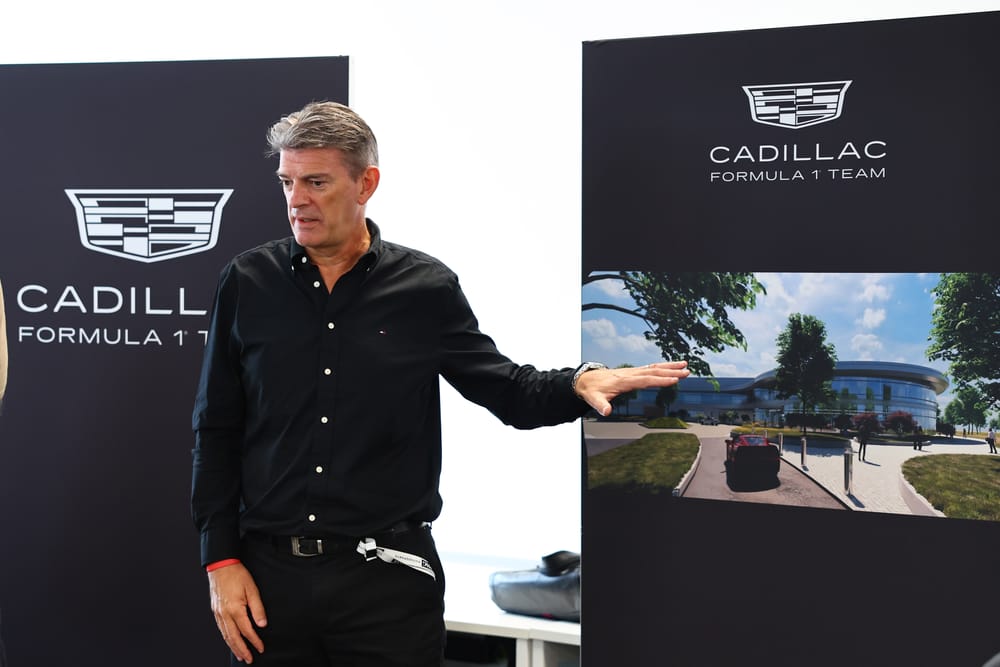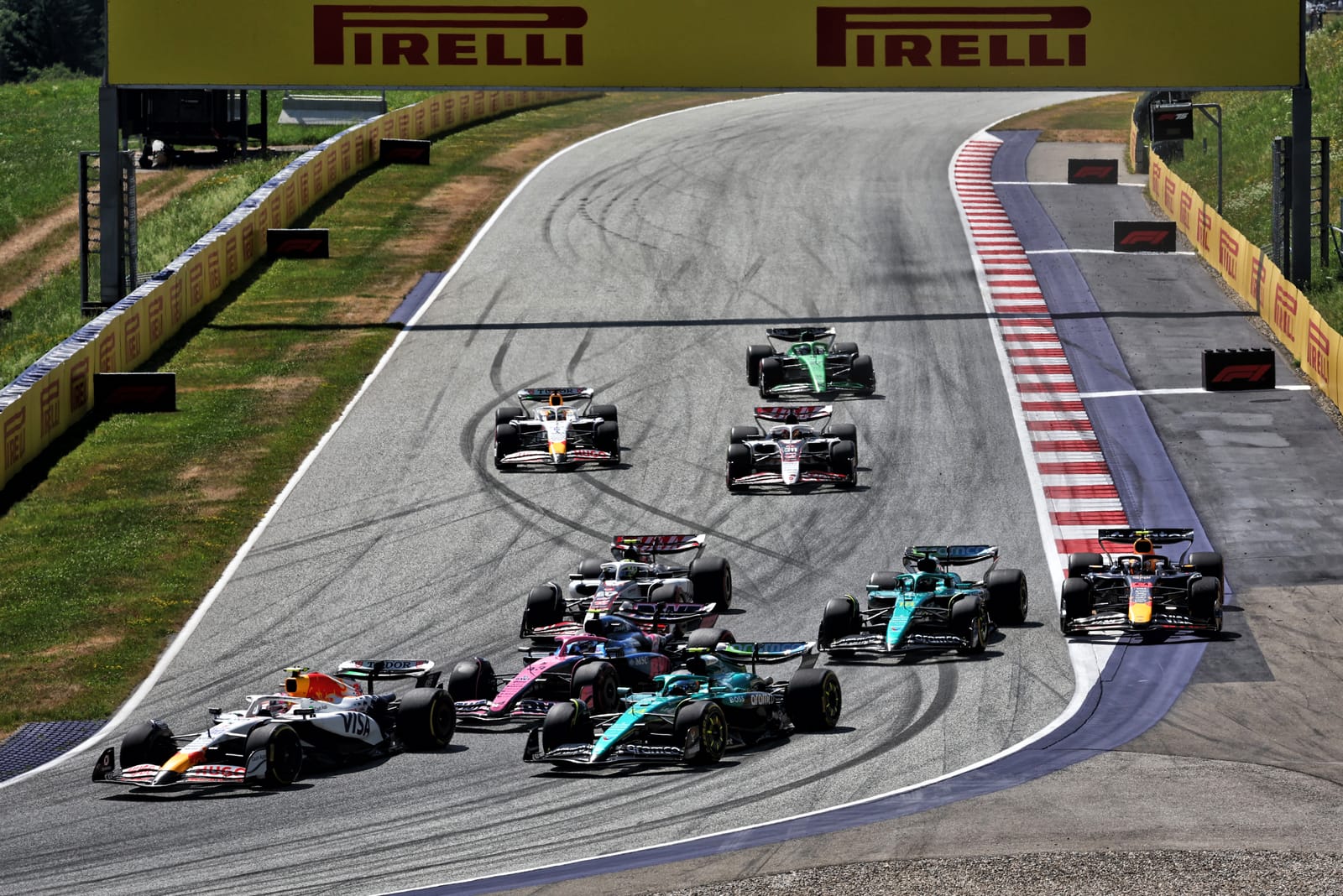The Cadillac Formula 1 team will make its debut at next year's Australian Grand Prix. It's the culmination of the 764-day battle to be granted an entry that it finally won in March, although the work needed to build up the team and have two cars ready for next year started long before its participation was official.
During the long battle, the team consciously kept very quiet about progress having originally been very punchy when Michael Andretti was spearheading the entry under the Andretti Formula Racing name. General Motors came on board, rebranding the team as Cadillac with TWG Motorsport, which owns Andretti's various racing teams, in charge of operations.
The Race recently visited the team's Silverstone facility to see first-hand evidence of Cadillac's preparations, and for an update on the project's progress from team principal Graeme Lowdon. Here's what we learned.
The car will be ready

Cadillac started work on its 2026 Formula 1 car in the middle of last year, long before its entry was confirmed. When it started its design project mid-2023, it was working on a 2025 car because the initial entry window was for this year. In the middle of last year, windtunnel work on the '26 car began using one of Toyota's windtunnels in Cologne in Germany - until recently used by McLaren.
While there were some advantages for Cadillac, such as not being bound by F1's aerodynamic testing regulations (ATR) that restricts windtunnel and CFD work, until the 10th week of 2026, there are also many disadvantages. Until it was granted an entry, it couldn't be supplied with Pirelli's 60%-scale windtunnel tyres, so had to make its own. It has already accumulated more than five petabytes of CFD data as well. The aerodynamic package that will run in pre-season testing is due to be signed off in November.
It has also produced a prototype monocoque as a proof of concept for its design capabilities and the capabilities of the external manufacturer. These have passed the FIA crash and load tests at Cranfield, albeit without FIA oversight and in the knowledge that the definitive monocoque, which is a work in progress, must officially pass these tests.
There's plenty of expertise involved in the process. Technical director Nick Chester, who has a vast amount of F1 experience notably with the Enstone Renault team, joined back in March 2023, while Pat Symonds, formerly chief technical officer of F1 itself, started as executive engineering consultant at the start of this year. Another ex-Enstone man, Rob White, started last November as chief operations officer.
The design side of the team is the most mature and advanced within Cadillac F1, and rightly so given this is the longest lead-time element. Had work not been ongoing in this area before the entry was finally granted in March, there would have been no chance of it being ready to race next year.
Team is 67% staffed
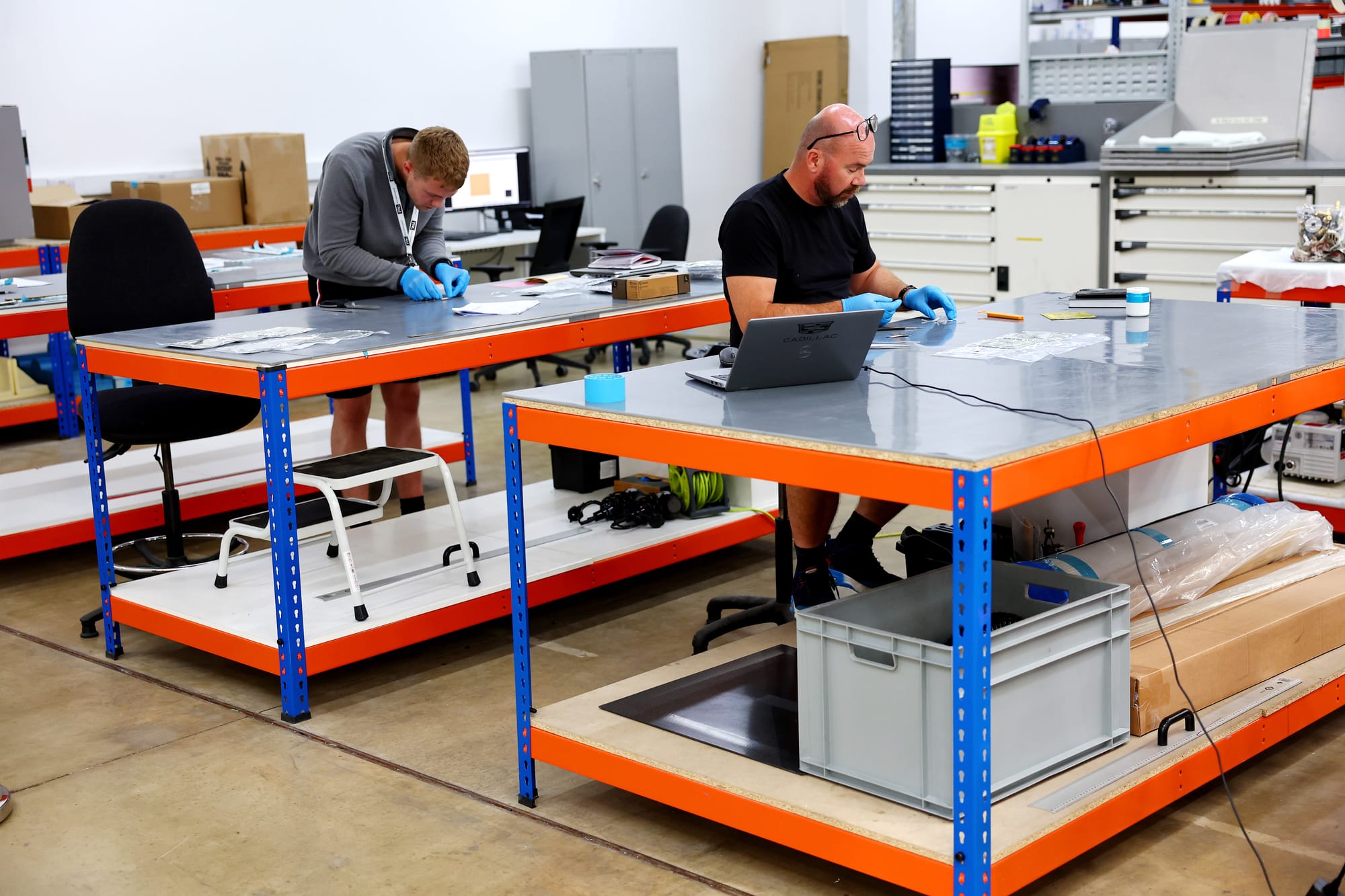
Cadillac's objective is to have 600 staff in place by the time it makes its debut, with approximately 50 more joining in the short-term beyond that. Already, 67% of the planned 600 are in place with numbers growing by the week.
However, given the plans to bring more manufacturing in-house in the long term, it is expected that ultimately the team will get to around the 1000 mark, or more, all told once it has fully built up - but that's a long way off.
Moon landing inspiration
How do you make a Formula 1 team that races around the world with its four bases spread across two continents? Take inspiration from the Apollo programme that put 12 men on the moon.
Silverstone is just one of four bases for the team. Currently spread across six buildings on the industrial estate opposite Silverstone circuit, this will ultimately be rationalised to four - a technical centre, a production centre, a logistics centre and what's described as a small machine shop. Work will be ongoing on the Silverstone buildings during Cadillac's first season, with some already fully operational departments being housed temporarily before being moved to their final homes.
In Fishers, just to the north of Indianapolis, the new TWG Motorsport headquarters that will eventually be the team's main production hub is currently in construction. In addition to that, parts of the team will also operate out of the GM technical centres in Warren, Michigan and Charlotte, North Carolina. That means communication is key.
"If you look at the task in hand, we've got immovable deadlines," said Lowdon. "We've got a massive necessity for peer-to-peer interaction, so we need engineers talking to engineers. We've looked to have a very flat management structure and it's highly modelled on the Apollo Project. We're not putting a man on the moon, but it feels like it sometimes, so we've leaned heavily on the management structures that were used for the Apollo Project."
While that creates images of mission control in Houston, that's not how it will physically work but does capture the essence of the communication demands. Departments can communicate directly to complete whatever tasks are required, given autonomy within set objectives. To achieve this, the business is split into 12 distinct offices in terms of structure.
"Race teams are often described in military terms. The typical military structure is command and control, so you issue commands and people do things," says Lowdon.
"When it's multi-site like this, that becomes a massive challenge and what you can't have is an engineer having to go up and down a particular hierarchy and then hop across, in our instance, not just a different geographic location, but a different country altogether. Instead of that, it's a different structure where it's mission control instead of command and control. Everyone knows what the mission is, they know what needs to be done."
Lowdon is talking only in broad brushstrokes here and characterises it as "an oversimplification", but it shows real consideration has been given to ensuring that the communication challenges of being so spread out, rather than focused on one site in the way that, for example, neighbour Aston Martin is, has been tackled.
Ambitions are "limitless" (but 2026 won't be great)
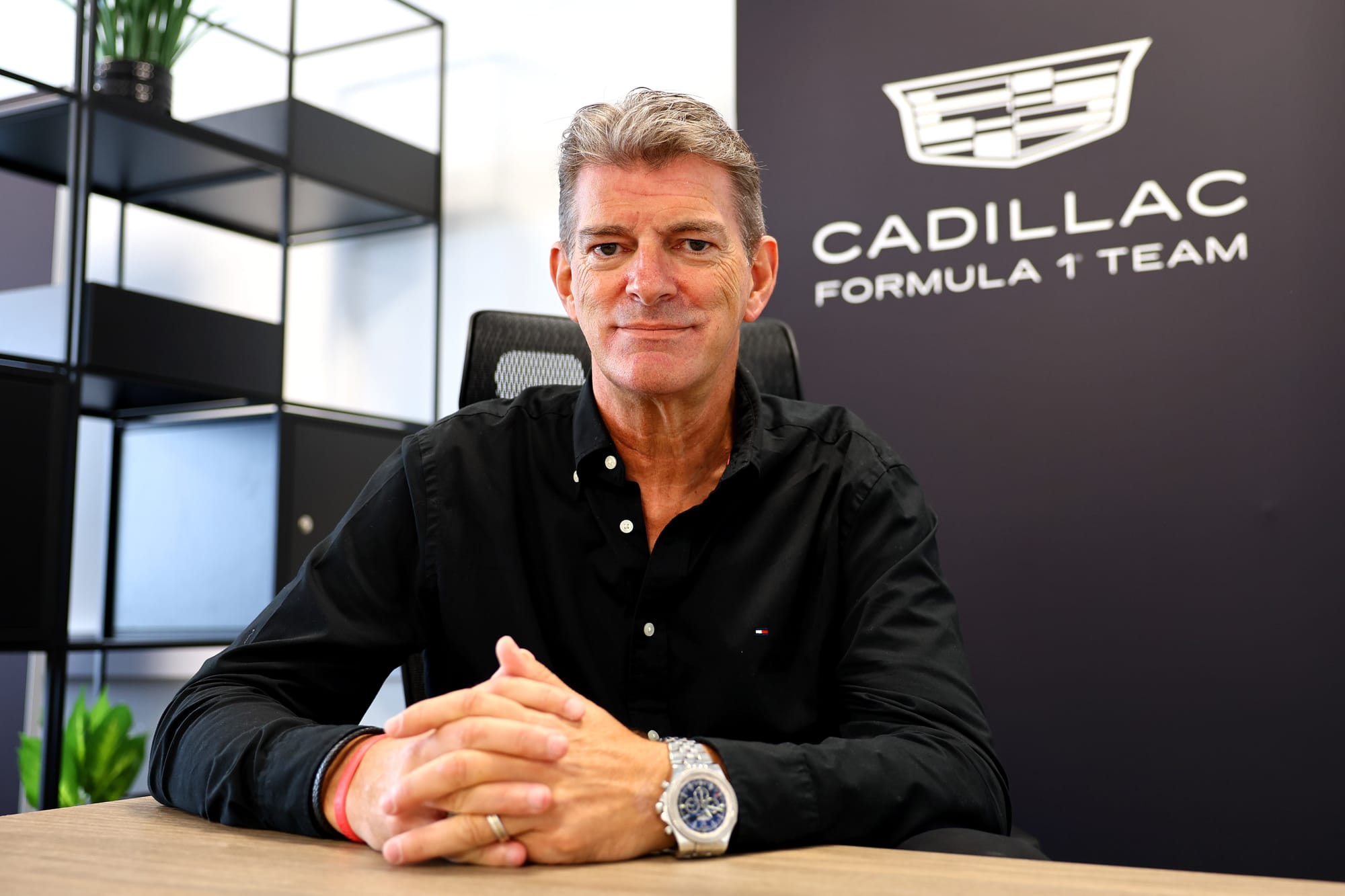
Lowdon doesn't explicitly say it, but it's clear that Cadillac expects to be last next year. Realistically, it simply needs to be a credible last as a starting point - and it would be impressive if there wasn't a significant pace deficit to the weakest of the established teams. And that's not about a lack of ambition, simply the cold hard reality of creating a start-up team in F1. Simply being last but producing good pace will be impressive.
"We've all been around the block enough to know that Formula 1 is incredibly difficult, so you will not see this team over-promising in any way," says Lowdon. "But the ambitions are really limitless."
Lowdon is right to avoid making any emphatic predictions, simply because there is insufficient data to go on. With a brand-new set of regulations that dramatically change the power unit and chassis, nobody can be sure how competitive they are until the running starts next year.
"It would be great if nobody else was competing, because then you'd know exactly where you were," says Lowdon. "Generally, we have no idea where the competition are going to be so we can only just focus on the things that we can control. It might sound like an obvious answer, but we just don't know.
"In talking with our shareholders, we have discussions about what expectations should be and this and the other and the easiest way I can describe it to them is this: can you imagine if you've owned a Formula 1 team for 10 years and then another team rocks up and beats you? You would be apoplectic, you would be so annoyed and so you have to assume that any new team coming in is going to be last, otherwise what's gone wrong somewhere else? And to a large extent, that's the only way that you can set the frame.
"We're trying to be as competitive as we possibly can. We're realistic, we know how difficult it is. The timelines are super, super, super short. Yes, we could be in the windtunnel a bit earlier than someone else, but we can't calibrate that tunnel [with on-track running]. You'll often read team X is uncompetitive, because they think that there's mismatch between the tunnel and the track or something.
"So we have no idea at the moment. We see the numbers, we're happy with our progress, but we just don't know, other than if we beat someone, then someone's going to be angry."
Experienced drivers targeted
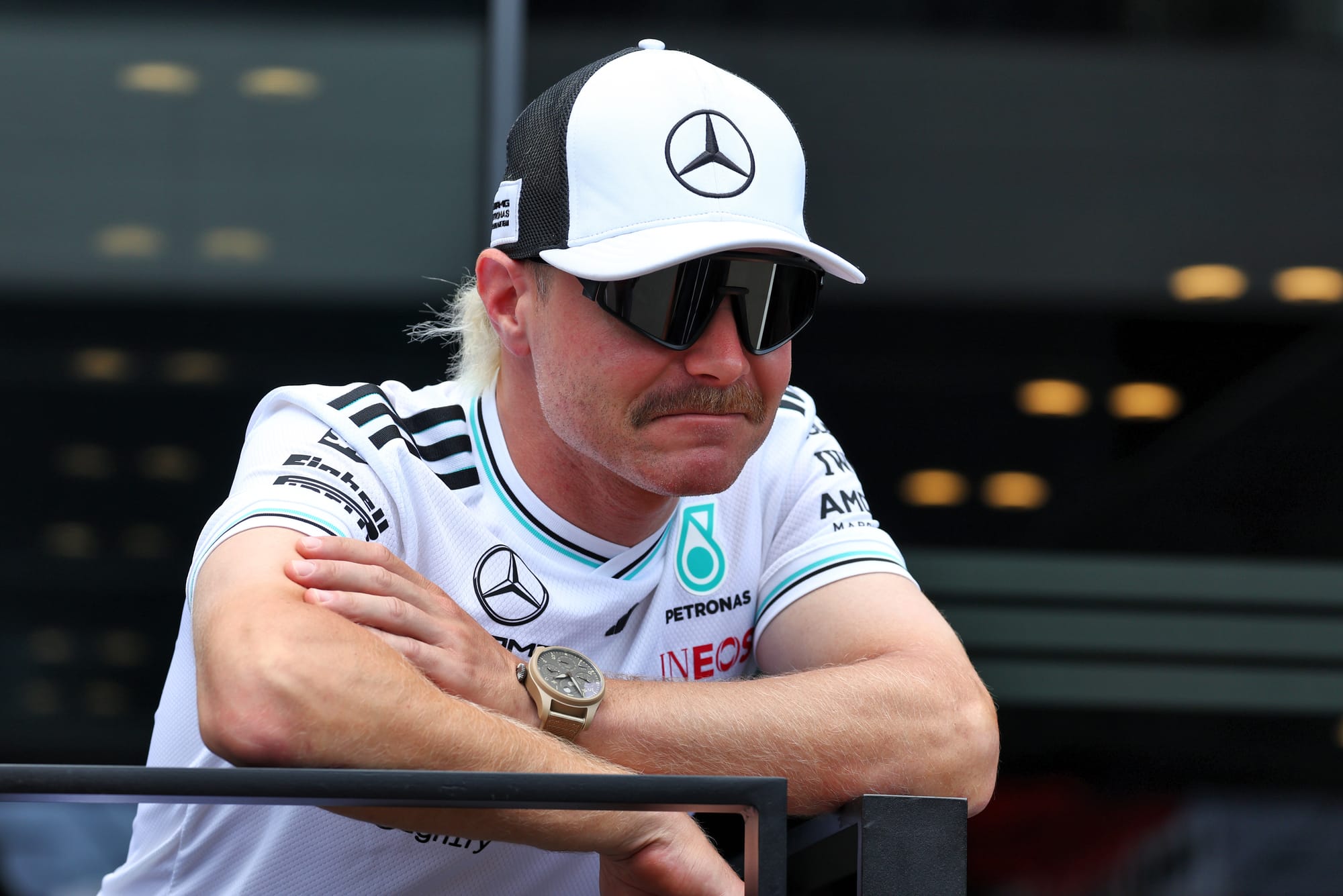
Contrary to some reports, Cadillac doesn't have any drivers signed up as yet. There have been talks with those who are available, with Valtteri Bottas, Sergio Perez, Zhou Guanyu among the candidates, along with rookie candidates such as Mercedes reserve Fred Vesti and outsider shots like Alpine World Endurance Championship racer Mick Schumacher.
"Nothing's decided yet," says Lowdon. "We know who's in the market, we've got a good idea of what we need, but we're still some way off reaching that stage."Ultimately, with so much to be done to get the team ready there's no great rush on drivers. It is, after all, very much a buyer's market given it has two of only 22 F1 seats available.
However, Lowdon does concede that experience is appealing, which means one of Bottas or Perez, both of which have plenty of that, must be close to the top of the list - if, that is, Cadillac can get them given there is some interest from other teams.
"There's a very strong argument to say that a new team in its first year of racing would benefit hugely from people who are experienced," says Lowdon.
Manufacturing will gradually be taken in-house
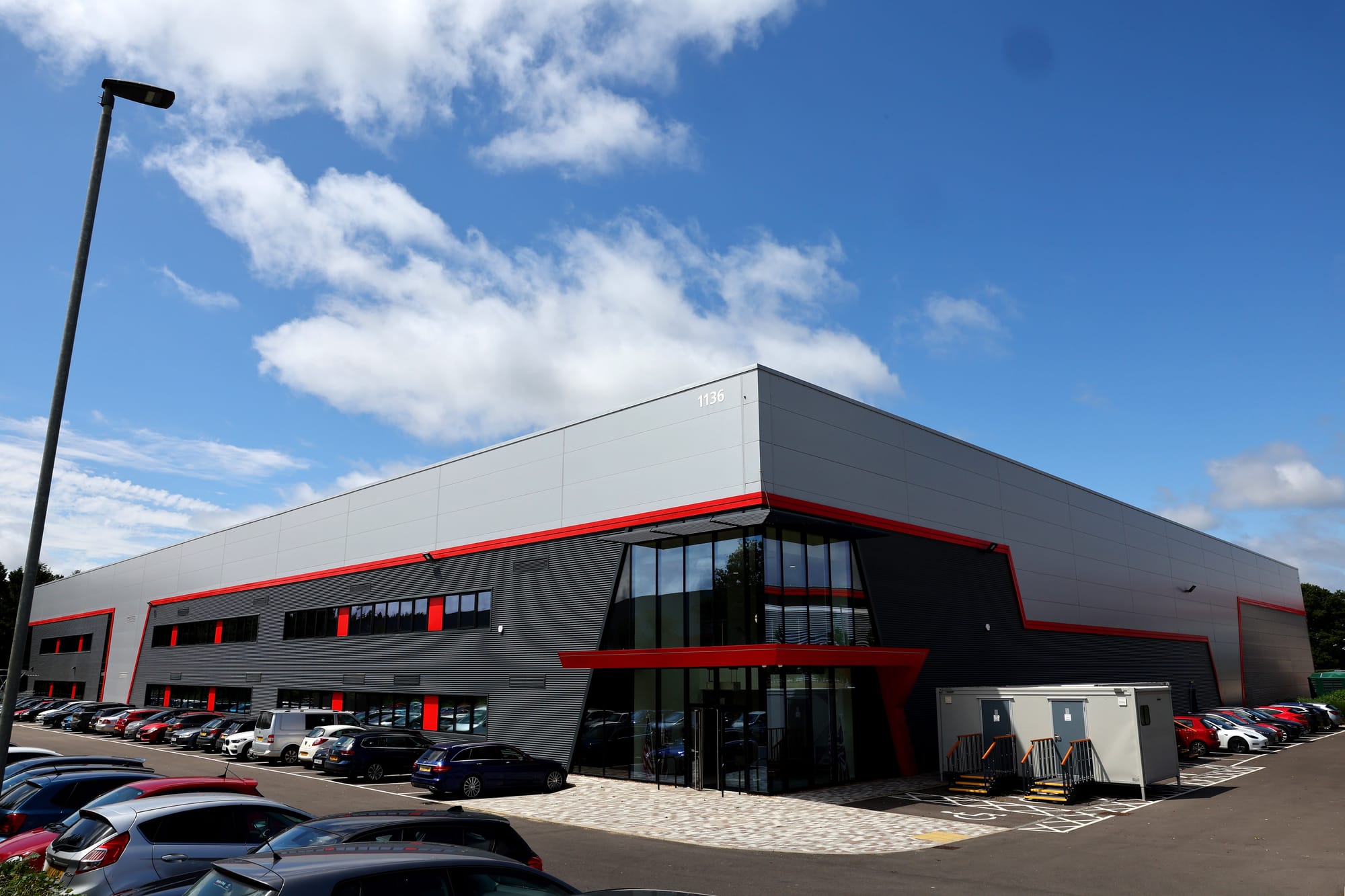
There's a heavy reliance on outsourcing manufacturing of parts to outside suppliers for Cadillac, which is a result of having to build up its own facilities. The Fishers base in Indiana, when it is ready, will house significant manufacturing capabilities although that is still being built. The reliance on external suppliers is the reason Cadillac can get away with a smaller headcount initially than F1's leading teams.
F1 teams tend towards doing what they can in-house to have full control over the production standards and processes, ensuring items are produced to the highest standards and fast. While Lowdon accepts that relying on external contracts can be a limiting factor, he insists that there are also advantages.
"It can be, it depends on the relationship you have with the supplier," he says when asked by The Race if this is going to limit the team's potential. "I've done consultancy at other teams and I've seen scenarios where they had some in-house manufacture but it was actually a drawback. The [external] supply chain is exposed to a greater cadence of process improvements.
"It's great to show people all these shiny machines and everything like that, but I think it depends very much on how you partner with the suppliers. Obviously, we want to be manufacturing more and more ourselves and more and more at the Fishers plant, but it does take time and we'll bring certain manufacturing in house depending upon what's the right thing to do. All the decisions have to be based around what's the best thing to do for the team, but it does take some time, even just the building itself."
It's already raced…sort of
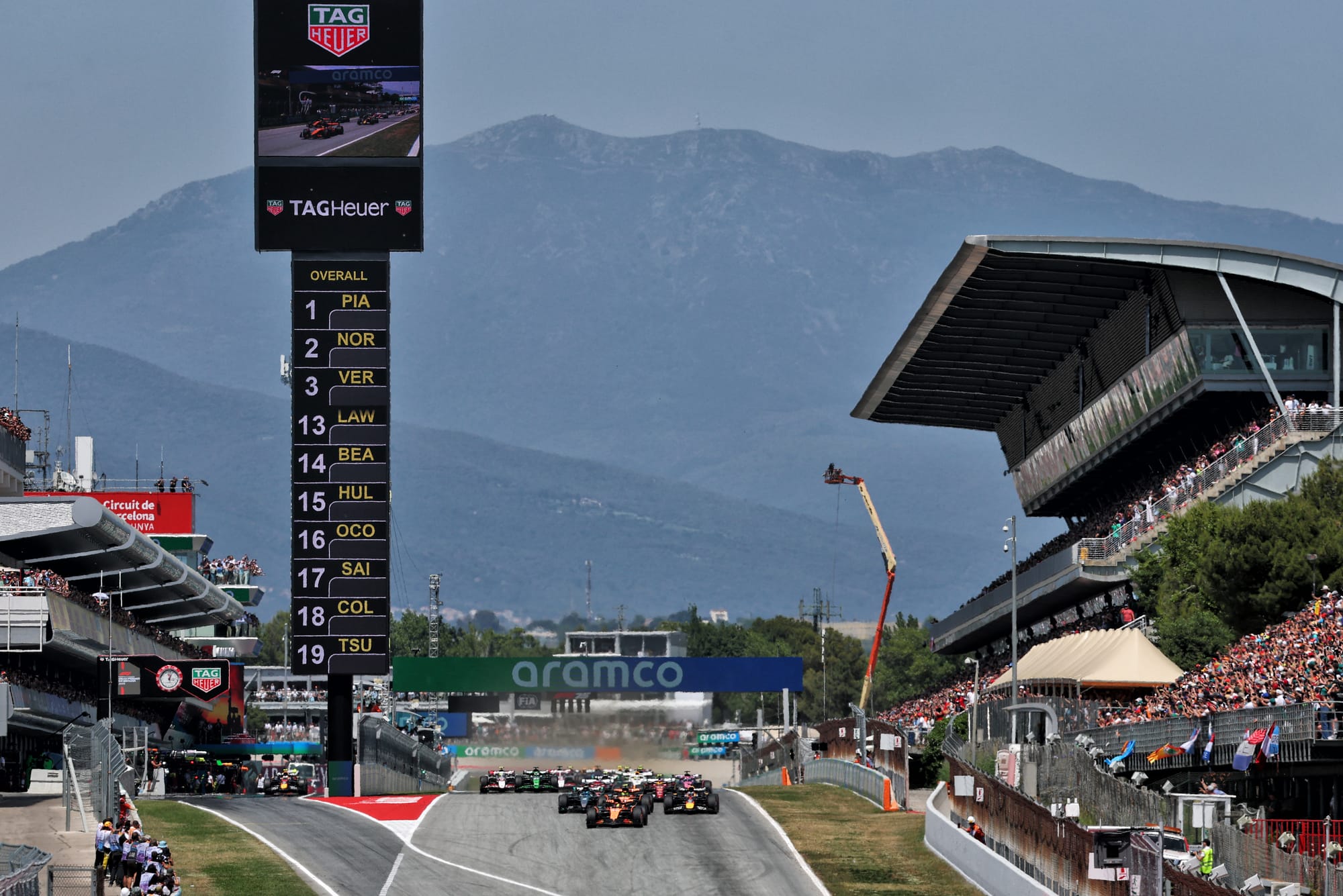
Cadillac has a programme called 'race ready' designed to sharpen the team as it builds towards its debut. This includes observing the two-week summer shutdown and the nine-day post-Christmas shutdown that are in F1's regulations but that it isn't subject to until next year.
As part of its preparations, Cadillac has already contested a simulated race weekend running in line with last month's Spanish Grand Prix.
"For the Barcelona Grand Prix, we simulated the entire race weekend from Thursday onwards. We did a seat fit in the simulator in Charlotte and then we had about 50 colleagues between the US and the UK working together on every session.
"We mirrored everything that we would normally do over a race weekend, from strategy meetings to reliability meetings. We did every session in the simulator, we looked to improve performance right through the weekend and we simulated the race as well."
That kind of activity is really important for a new team. All of these things contribute even in the smallest way. Doing an exercise like that helps to prove things like the software systems that we're using, but it also helps you get used to hearing people's voices.
"What we don't want is to go to Melbourne and feel as if it's the first time we've done anything at all. So there's a lot of simulation and just creative ideas as to how we can be race ready when we get to Melbourne."
The engine programme is underway
GM is committed to producing its own power unit, although the exact timeline is uncertain given question marks over F1's regulations. It has been granted FIA approval to come in for 2029, although that could depend on whether the original timeline for the 2026 generation engines of them running for five years stands, or is shortened to allow for an early change of the technical parameters. Either way, work is underway on building up the facilities and expertise for that programme.
"My counterpart, Russ O'Blenes, who runs the PU company is involved in, effectively, a huge start-up," says Lowdon. "We will be racing on the chassis side much earlier than the Cadillac power unit side, that's going to follow later and we have our relationship with Ferrari in the meantime, which I'm very happy about, it's a team that I've worked with closely a lot before in the past.
“If we look at everything that Russ is doing with the PU company, there's just a huge amount of activity there as well. So we're building factories and hiring people and designing things and testing things as well."
This isn't USF1
Inevitably, there will be those who might seek to compare the self-proclaimed "All-American" Cadillac F1 team to the USF1 squad that collapsed before it even joined the grid in 2010.
While American-owned Haas successfully made the grid in the interim, its operations are primarily in Europe. USF1's plan and Cadillac both involve significant technical facilities in the USA. But that's where the comparison ends.
USF1 was not ready, for myriad reasons, but based on what The Race has seen Cadillac is well-enough advanced - and unquestionably has the financial backing in place - to be confident of being ready for pre-season testing in January.
"Absolutely," says Lowdon when asked by The Race if he had total confidence of being ready. "This is not blasé or underestimating the task, I'm just confident with the people that we've got on board, I've worked with a lot of them in the past.
“It is a huge job, a massive undertaking, but it's achievable. Then the real difficulty is being competitive and that's where we will need to just keep raising the game from our side.
"We can't affect what happens with other teams, but we can affect all of the things that were within our scope. So success at the end of 2026 for us, we'll be looking back and saying we maximised everything that we possibly could."


